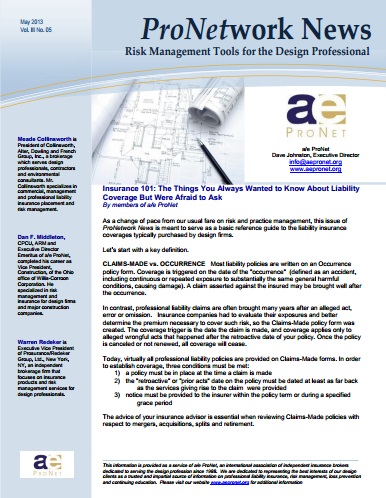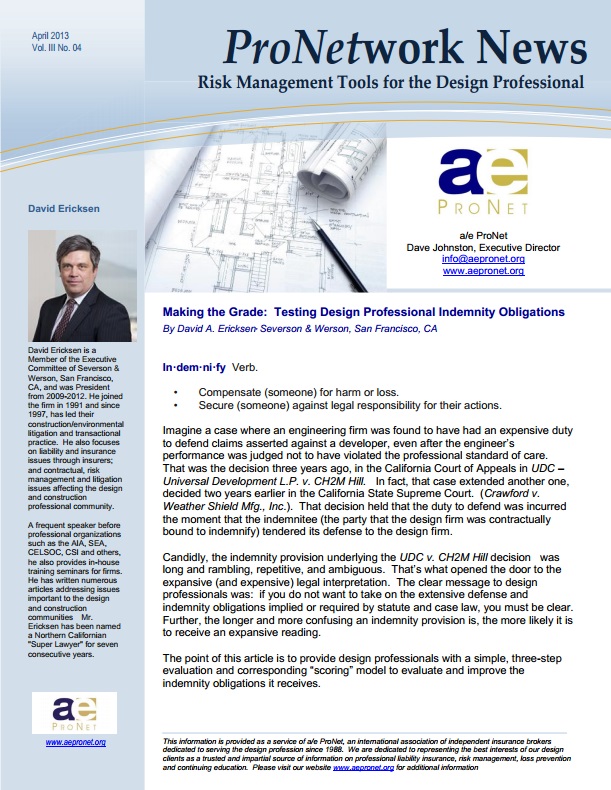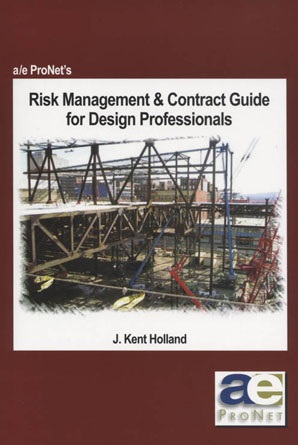 At our fall meeting last month, a panelist asked an important question:
At our fall meeting last month, a panelist asked an important question:
Why is an insurance broker necessary for design professionals? Shouldn’t architects and engineers be able to access insurance companies and purchase Professional Liability policies directly?
Members of a/e ProNet are professional, independent brokers who serve the insurance needs of design professionals. Membership in our association is by invitation only, and members must be experienced and have a minimum number of design professional clients, as well as a minimum amount of premium volume. Our members must also provide their clients with services beyond the sale of a professional liability policy.
In addition to knowing the professional liability marketplace, they negotiate the best product at the best price for their clients. That negotiation happens every year at renewal time, and because our members are independent—not obligated to any one insurance company—they are in the best position to compare and contrast policies. Often, the time and expertise this process requires is underestimated by A/E clients. With a specialist broker, the A/E can rest assured that they have an advocate annually, both in relation to their bottom line and their exposure as a professional in a demanding and risky environment.
Most importantly, though, that advocacy doesn’t end when the renewal has been processed. The rest of the year, our members’ clients can count on their specialist brokers to provide services such as contract review, accredited continuing education, and other risk management services. Continue reading “Why should Architects & Engineers use a specialist Insurance Broker?”






